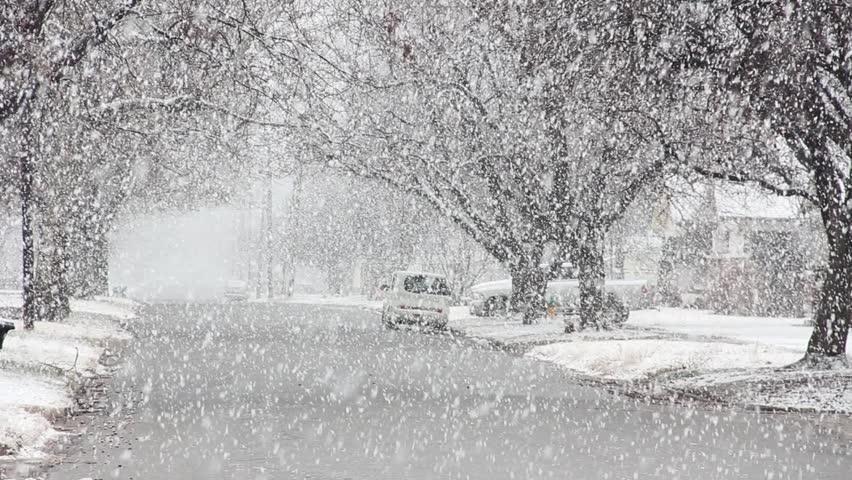A meteorologist with the National Weather Service, Glen Merrill, recently spoke about the snow pack levels in Utah being at nearly 200% above average this spring and what it means for possible flooding conditions.
Utah is currently experiencing the second wettest spring that is on record thus far. The previous year that mirrored this season was in the spring of 2010 when a quick warm up saw many floods in various areas throughout Utah.
While Merrill stated that the areas that the National Weather Service are most concerned about at this point are American Fork Canyon, Big and Little Cottonwood Canyons and the upper Provo River, there were statistics that were also released for the Castle Valley area.
Scofield Current Water Flows and Reservoir Capacity
Reservoir Capacity 65,800 ac-ft
Current water in Scofield 43,469 ac-ft (66% full) – increase of 9% in last nine days.
Elevation 7,609.16’ – up 2.4 feet in nine days
Available for storage 22,331 ac-ft
“Following our inspection, Scofield’s release was increased to 100 cfs (2:15 PM),” they shared.
The Water Rights Flow Measuring Station (5/30) at Heiner reported 313 cubic feet per second (CFS) coming out of Price Canyon. Water from White River, Willow Creek and other tributaries are currently around 293 CFS.
Projected Water Flows
White River
Estimated totals (50%) 26.7 KAF (increase of 2.2 KAF with the recent storms)
Run thus far 17.8 KAF
Still coming 8.9 KAF
Scofield Drainage
Estimated inflow totals (50%) 89.8 KAF (increased by 10 KAF in past 9 days)
Received thus far 32.7 KAF
Released thus far 19.04 KAF
Still coming (projections) 57.1 KAF
As of June 1, the West Colorado Basin Reservoir statistics that cover much of Emery County showed interesting differences. Huntington North is currently at 90 percent storage, only moving up six percent from the previous year. However, much more change was noticed at Millsite, which went from seven percent the year before to 29 percent.
Huntington North’s total capacity is currently 4,200 ac-ft while Millsite’s is sitting at a staggering 16,700 ac-ft.
While both of those areas showed increases, Joe’s Valley showed a decrease in storage from the previous year. Last year, the storage was 75 percent and this year it is currently sitting at 40 percent. The total capacity for Joe’s Valley is 61,600 ac-ft.
The Carbon County statistics were released by Jon Richens, who is the chairman of the Carbon Water Conservancy District. He stated that 32,700 acre feet of water has been received in Scofield so far. Another 57,000 is anticipated and a total of 19,043 was released in April and May.
“The water we receive at the reservoir is dependent on temperatures as well as water that seeps into the ground versus running off into the reservoir,” Richens stated. “The steady, cool temperatures put much more water in the ground than was anticipated previously.”
He concluded by stating that the district will continue to monitor the inflows, reservoir elevation and other river flows. Adjustments will be made as needed to try and maximize water storage and minimize any safety concerns.


